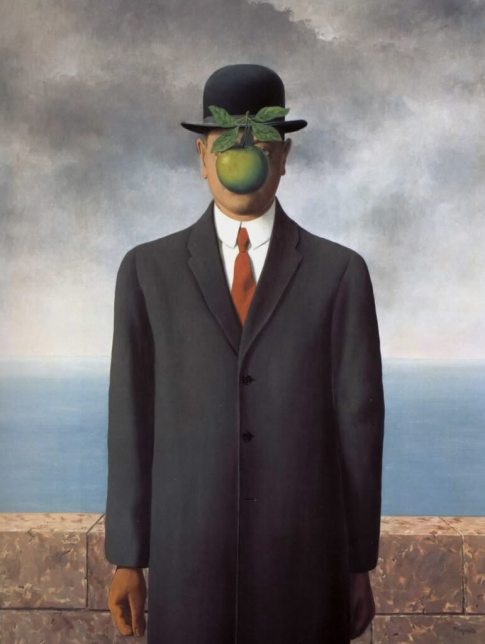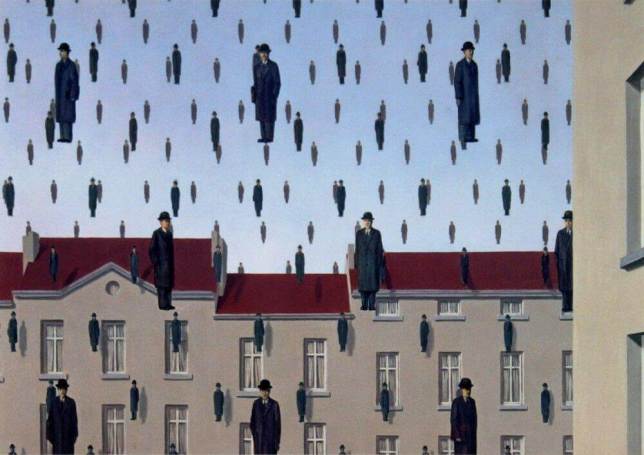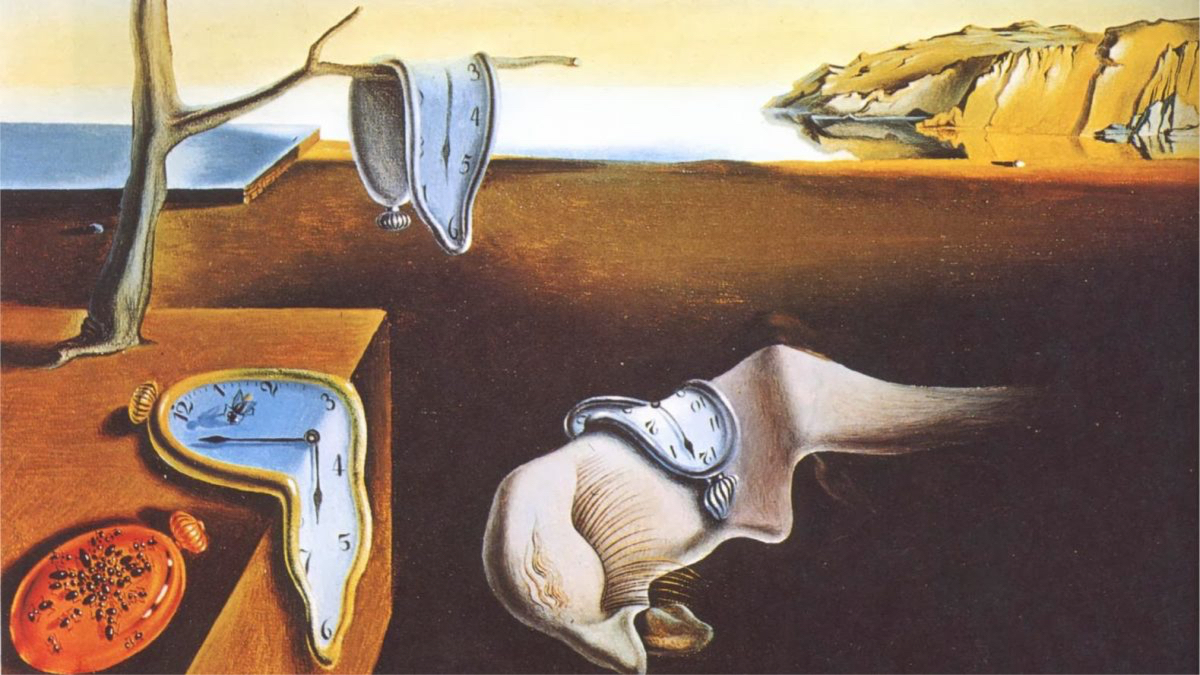
5 Magritte Paintings You Should Know
René Magritte‘s wild world has captivated many generations. Born in Belgium in 1898, paintings by Magritte are known for their lightness and intriguing symbolism. His works are enigmas, and that is exactly what he always aimed for; he attempted to show, throughout his career, the absurdity of our reality. A significant name in the Surrealist movement, Magritte produced several paintings that are now part of popular culture. Artsper introduces you to 5 works you must know!
Key moments in Magritte’s life
- 1898: He was born
- 1912: His mother was found drowned in the River Sambre
- 1915: He completed his first painting
- 1916-18: He attended the Académie Royale des Beaux Arts in Brussels
- 1921-22: He served in the army
- 1922: He married Georgette Berger
- 1926: He began his career as a full-time artist
- 1929: He painted Ceci N’est Pas Une Pipe (The Treachery of Images)
- 1944: Following WWII, he resumed his career as a Surrealist artist
- 1964: He painted his iconic work Le fils de l’homme (The Son of Man)
- 1967: He died from pancreatic cancer
1. The Son of Man and the symbolic apple

This painting by Magritte is probably his most famous. The work can seem simplistic at first glance, but it is full of symbolism. The apple is a recurring symbol in Magritte’s paintings, as is the man with the bowler hat. One hypothesis is that The Son of Man is a self-portrait and that the apple on the man’s face communicates a fear of seeing things the way they are.
2. The Lovers II, a mournful kiss

This romantic work by Magritte has often been analyzed as having a gloomy explanation. This iconic kiss of art history uses the imagery of death too, due to the white sheets on the lovers’ faces. Magritte’s mother actually ended her days when the artist was only 12 years old, and the image of his mother covered by the shroud sadly stayed in his memory forever.
3. The Treachery of Images, an iconic painting

The sentence “ceci n’est pas une pipe” (“this is not a pipe” in English) is iconic; the appeal of this work is to be found in the message it communicates rather than in what it represents. Indeed, this is not a pipe, because it is obviously… a painting! As usual, the artist plays with the notion of the representation of an object and the object itself. Thus, Magritte reminds us here that what is in front of us is not always the reality of things.
4. Golconda, a whimsical landscape

We find in this work the man with the bowler hat who was also in The Son of Man. As he likes to do, Magritte captivates us here by taking an ordinary subject matter and turning it into an enigma. Thus, these bowler hat men float on the horizon, creating a strange atmosphere, specific to the works of Magritte. And you, how do you interpret this landscape?
5. The Philosopher’s Lamp, a mocking self-portrait

This work is a Surrealist self-portrait of Magritte. The artist’s nose has been enlarged in a grotesque way, and it has been suggested that this should remind the viewer of Pinocchio; is the philosopher, just like the painter, a liar? The candle symbolizes ideas, and although Magritte does not give us many tools for an interpretation, his goal has been reached: to provoke a reflection.
To conclude, Magritte is a crucial figure of Surrealism. Each work is a new philosophical enigma, forcing the public to go beyond what is represented. As Magritte declared himself: “The titles of works are not explanations and the works are not illustrations of the titles.” Singular artist, between philosopher and illusionist, Magritte managed to create his own definition of art.
Key Magritte exhibitions
- 1920: His first exhibition at the Centre d’Art in Brussels
- 1923: Exhibition at the Cercle Royal Artistique in Antwerp
- 1927: His first solo exhibition at the Galerie le Centaure in Brussels
- 1928: Exposition surréaliste at the Galerie Goemans in Paris
- 1933: Solo show at the Palais des Beaux-Arts in Brussels
- 1936: First solo exhibition in the United States at the Julien Levy Gallery in New York, and the Fantastic Art, Dada, Surrealism exhibition at the Museum of Modern Art in New York
- 1938: First solo exhibition in England at the London Gallery
- 1940s: Exhibited frequently at the Galerie Dietrich in Brussels
- 1954: Retrospective at the Palais des Beaux-Arts in Brussels
- 1960: Retrospectives at the Museum for Contemporary Arts, Dallas, and the Museum of Fine Arts in Houston
- 1965: Retrospective at the Museum of Modern Art in New York

About Artsper
Founded in 2013, Artsper is an online marketplace for contemporary art. Partnering with 1,800 professional art galleries around the world, it makes discovering and acquiring art accessible to all.
Learn more












